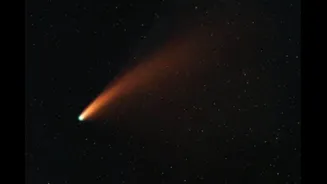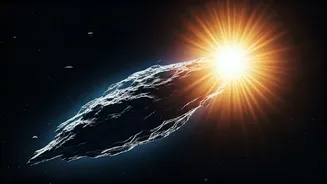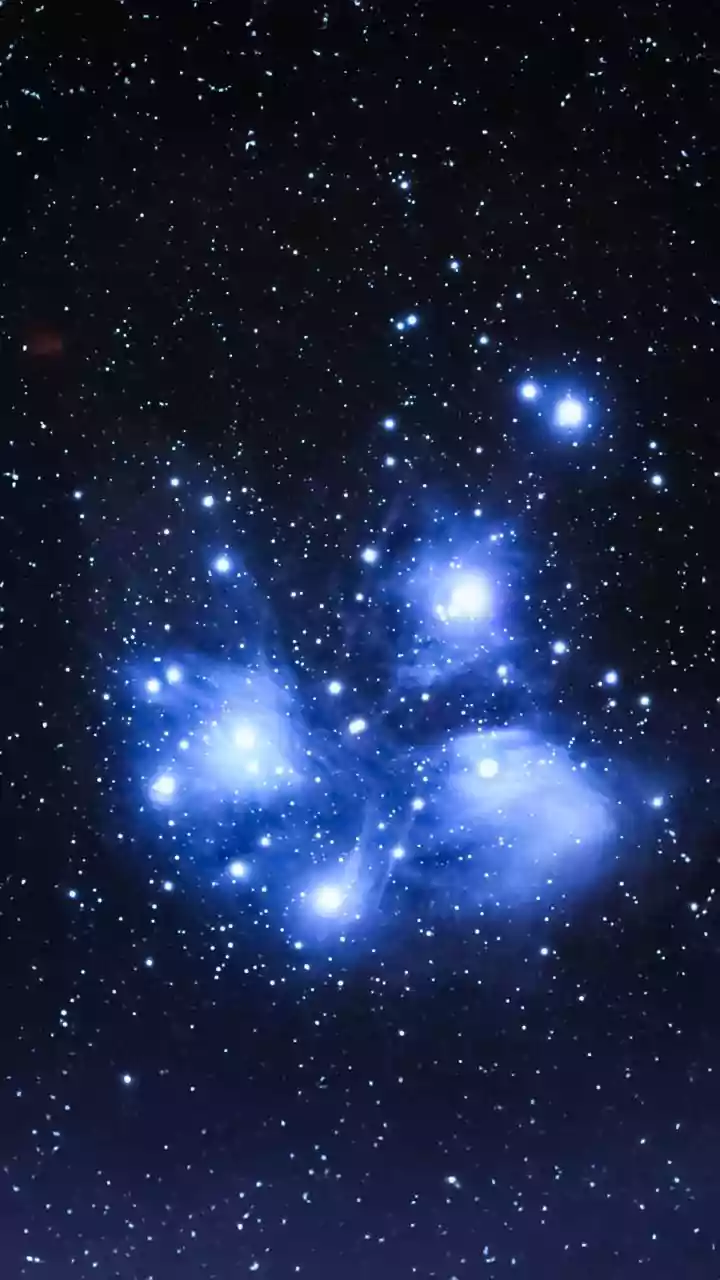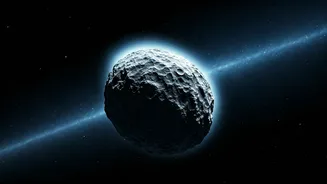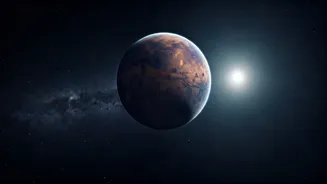In a striking development that has gripped the global astronomy community, fresh observations have confirmed that comet C/2025 K1 (ATLAS) is disintegrating as it moves through the inner solar system. Images
captured from multiple observatories reveal that the comet, first spotted in May this year, has fractured into at least three major fragments.
The earliest signs of trouble emerged on the night of November 11, when astronomers at Italy’s Asiago Observatory recorded dramatic structural changes. High-resolution photographs from the 1.82-metre Copernicus telescope showed three distinct pieces drifting apart, a sight that prompted immediate scientific scrutiny.
Maggiotta Epifani, the Italian researcher who analysed the images, noted that two of the fragments appeared nearly identical in size and luminosity, separated by roughly 2,000 kilometres. A third sliver, dimmer and positioned to their left, suggested a more complex break-up pattern than initially expected.
The disintegration is believed to have begun after the comet’s perilously close pass by the Sun on October 8. As it approached perihelion, the intense solar heat likely compromised its outer crust. The process of sublimation had already accelerated its brightening, ice turning into gas, forming a glowing coma and a trailing tail pushed out by solar winds, but the structural stress appears to have been too great for a first-time visitor from the cold reaches of the Kuiper Belt.
Further confirmation of the fragmentation came from the Virtual Telescope Project, where astronomer Gianluca Masi captured new images on November 12 and 13. His 24-hour animation sequence shows the fragments rapidly shifting positions, highlighting the speed at which the comet’s remains are dispersing. Masi reported near-perfect viewing conditions that allowed his instrument to record the event with exceptional clarity.
Scientists say the comet’s origin in the Kuiper Belt makes its break-up particularly significant. Objects from this distant zone are viewed as primordial relics, “time capsules” that preserve material from the earliest days of the solar system. The disintegration, though dramatic, offers a rare opportunity to study these ancient components in unprecedented detail.
Experts also clarified that C/2025 K1 bears no connection to the unrelated interstellar comet 3I/ATLAS, which has recently been the subject of unfounded online speculation. The similarity in their names stems solely from their discovery under the same ATLAS survey.
